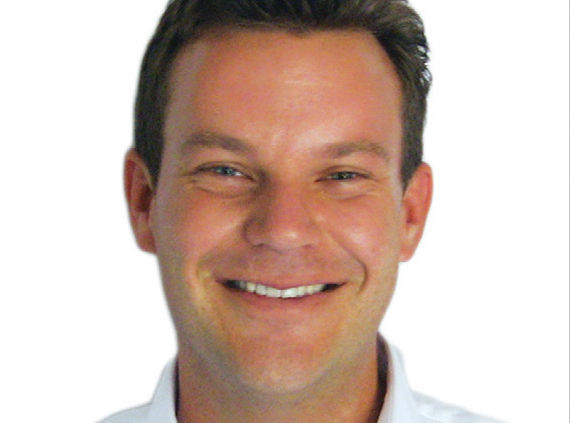Representative Rob Bishop’s Public Lands Initiative is an acknowledgment that not all Western values are cut from the same cloth, and that it takes a bit of give and take, and a bit of sewing to come up with a quilt that can cover the broad needs of the contemporary West, with its want for the proceeds of manifest destiny and the spirit of wilderness all at once.
The process the council used to finish its recommendations to Rep. Bishop was centered on a concept of transparency. Previously, council members, by their own admission, had met several times with a wide array of interest groups, including conservation interests, in private. The new council forced all those same interest groups to come to the table publicly. There were no onerous requirements to present. If a map was required, a simple paper map with a magic marker outline would have sufficed. And, of course, conservation interests were allowed to present, and so were the off-highway vehicle groups, and a private mineral developer. Nobody who applied to present to the council was turned down.
It’s also important to clarify that the lands considered for this initiative are currently owned and entirely controlled by the federal government. This initiative isn’t about giving away lands or control. You can’t give away something you don’t have. This initiative is about local government taking control and working out long-standing differences that have been left unresolved for over 30 years.
While the concept for a public lands bill has been under consideration for decades, this most recent incarnation is, in part, an attempt to dissuade President Obama from designating the proposed Greater Canyonlands National Monument. The concept being that the locals are capable of sitting down to the table and working out an equitable compromise. And therefore, the President should stay out of it.
In Grand County, the proposed monument only encompasses the Labyrinth Canyon area. And so, with regard to diverting Obama’s Antiquities interest, the Labyrinth area is where the most meaningful compromise needs to be shown. Unfortunately, it has also been the most difficult area in the county to get all interested parties to agree. It’s where our most valuable oil and gas field sits, and also the highest priority area for the wilderness interest. If that weren’t enough, both the quiet recreation interest and the motorized recreation interests are digging their heels in.
How did the council recommend resolving the Labyrinth area? Despite the fact that the previous council had Labyrinth wilderness in all three of its proposals, the new council chose not to designate any wilderness in Labyrinth. Wilderness would not have given us the ability to establish a compromise between the energy interests and the conservation interests. Instead, we left the area open to no-surface-occupancy leasing. Which means that the subsurface assets will remain available for horizontal drilling, and the canyons would be protected from new well pads. The most contentious conflict, however, is between the quiet recreation and motorized recreation interests along the Green River. One side wants to have quiet multi-day float trips, the other wants to maintain an historic motorized route along the river. The council cut that baby in half. The motorized routes will remain open for half the year, including Jeep Safari, and the quiet recreation interests gets the other half of the year. It’s a compromise, and one that is necessary to convince Obama that we can work things out without his “help.”
There also seems to be a considerable amount of distrust and misinformation going around about recommended watershed protections. I’ve heard many indicate that there is no demonstrable threat. However, less than a mile from the watershed boundary begins 30,000 acres of oil and gas leases. If we wait to enact watershed protection until after those leases creep into the watershed, then we will have waited too long. The existing sole-source aquifer protections don’t guarantee that oil and gas drilling won’t happen. And, quite frankly, looking at the many issues that other communities are facing with drilling and pipelines in their forests and watersheds, I think we’d be very wise to take this opportunity to be sure that we are protected. Our aquifers are especially vulnerable to contamination because there is no impermeable geology between the surface and the aquifers. Contamination would have a straight shot into our drinking water.
This public lands initiative is an opportunity for a diverse community to accept one another’s existence, treat one another with respect, and come to a compromised solution. I’m especially disheartened to see folks taking a no-compromise position, publicly excoriating, and declaring war on their neighbors just for being here. The majority of citizens don’t want a civil war; they want to work things out.
Chris Baird is a seventh generation Utahn, and is currently serving his second term on the Grand County Council.



